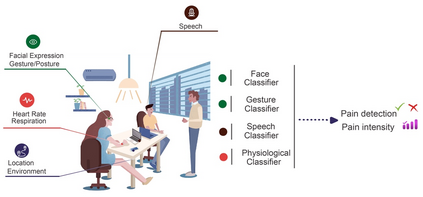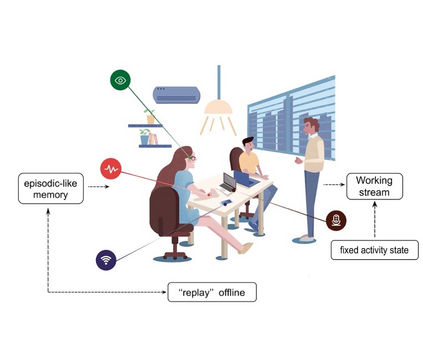Sensory and emotional experiences such as pain and empathy are relevant to mental and physical health. The current drive for automated pain recognition is motivated by a growing number of healthcare requirements and demands for social interaction make it increasingly essential. Despite being a trending area, they have not been explored in great detail. Over the past decades, behavioral science and neuroscience have uncovered mechanisms that explain the manifestations of pain. Recently, also artificial intelligence research has allowed empathic machine learning methods to be approachable. Generally, the purpose of this paper is to review the current developments for computational pain recognition and artificial empathy implementation. Our discussion covers the following topics: How can AI recognize pain from unimodality and multimodality? Is it necessary for AI to be empathic? How can we create an AI agent with proactive and reactive empathy? This article explores the challenges and opportunities of real-world multimodal pain recognition from a psychological, neuroscientific, and artificial intelligence perspective. Finally, we identify possible future implementations of artificial empathy and analyze how humans might benefit from an AI agent equipped with empathy.
翻译:疼痛和同情等感官和情感体验,例如疼痛和同情感,与身心健康有关。目前自动疼痛识别的动力是越来越多的保健要求和社会互动需求,因此,这种动力越来越重要。尽管这是一个趋势领域,但还没有对其进行详细探讨。在过去几十年中,行为科学和神经科学发现了解释痛苦表现的机制。最近,人工智能研究也使感知机器学习方法能够接近。一般而言,本文件的目的是审查计算疼痛识别和人工同情实施方面的当前发展动态。我们的讨论涉及以下主题:AI如何认识独身和多式联运造成的痛苦?大赦国际是否有必要发扬光大?我们怎样才能创建一个具有主动和积极同情心的AI代理?本文章探讨了现实世界多式联运疼痛识别的挑战和机遇,从心理、神经科学和人工智能的角度来探讨。最后,我们确定未来可能实施的人工同情,并分析人类如何从具有同情心的AI代理中受益。












